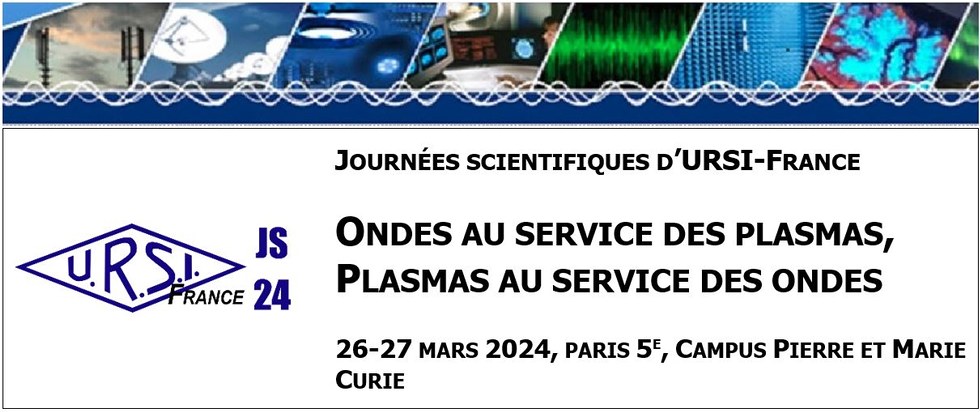High-energy laser beams interacting with flowing plasmas can produce a plasma response that leads to deflection of
the beam, beam bending. Such beams have usually a speckle structure generated by optical smoothing techniques that
reduce the spatial and temporal coherence in the laser field pattern. The cumulative plasma response from laser speckles
slows down the velocity of the incoming flow by momentum conservation. For slightly super-sonic flow the cumulative
plasma response to the ponderomotive force exerted by the beam speckle ensemble is the strongest, such that slowing
down the flow to subsonic velocities leads eventually to the generation of a shock around the cross section of the beam.
This scenario has been predicted theoretically and is confirmed by our hydrodynamic simulations. The conditions of
shock generation are given in terms of the ponderomotive pressure, speckle size and the flow velocity. The nonlinear
properties of the shocks are analyzed using Rankine-Hugoniot relations. According to linear theory, temporally smoothed
laser beams exhibit a higher threshold for shock generation. Numerical simulations with beams that are smoothed by
spectral dispersion compare well with the linear theory results, diverging from those produced by beams with only a
random phase plates in the nonlinear regime. The conditions necessary for shock generation and their effects on the laser
plasma coupling in inertial confinement fusion (ICF) experiments are also discussed.

|
Theory and observation of hydrodynamic shocks in a plasma flowing across randomized ICF scale laser beams
1 : Centre de Physique Théorique [Palaiseau]
(CPHT)
Ecole Polytechnique, Centre National de la Recherche Scientifique
Ecole Polytechnique 91128 Palaiseau cedex -
France
|


